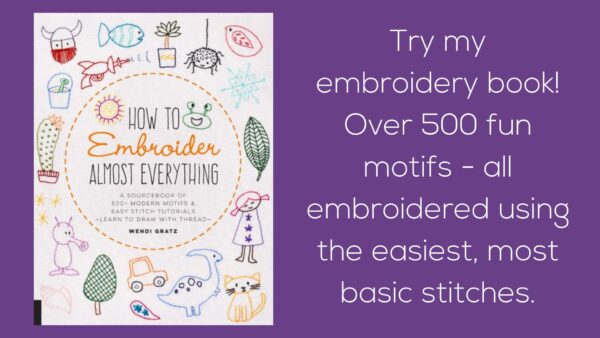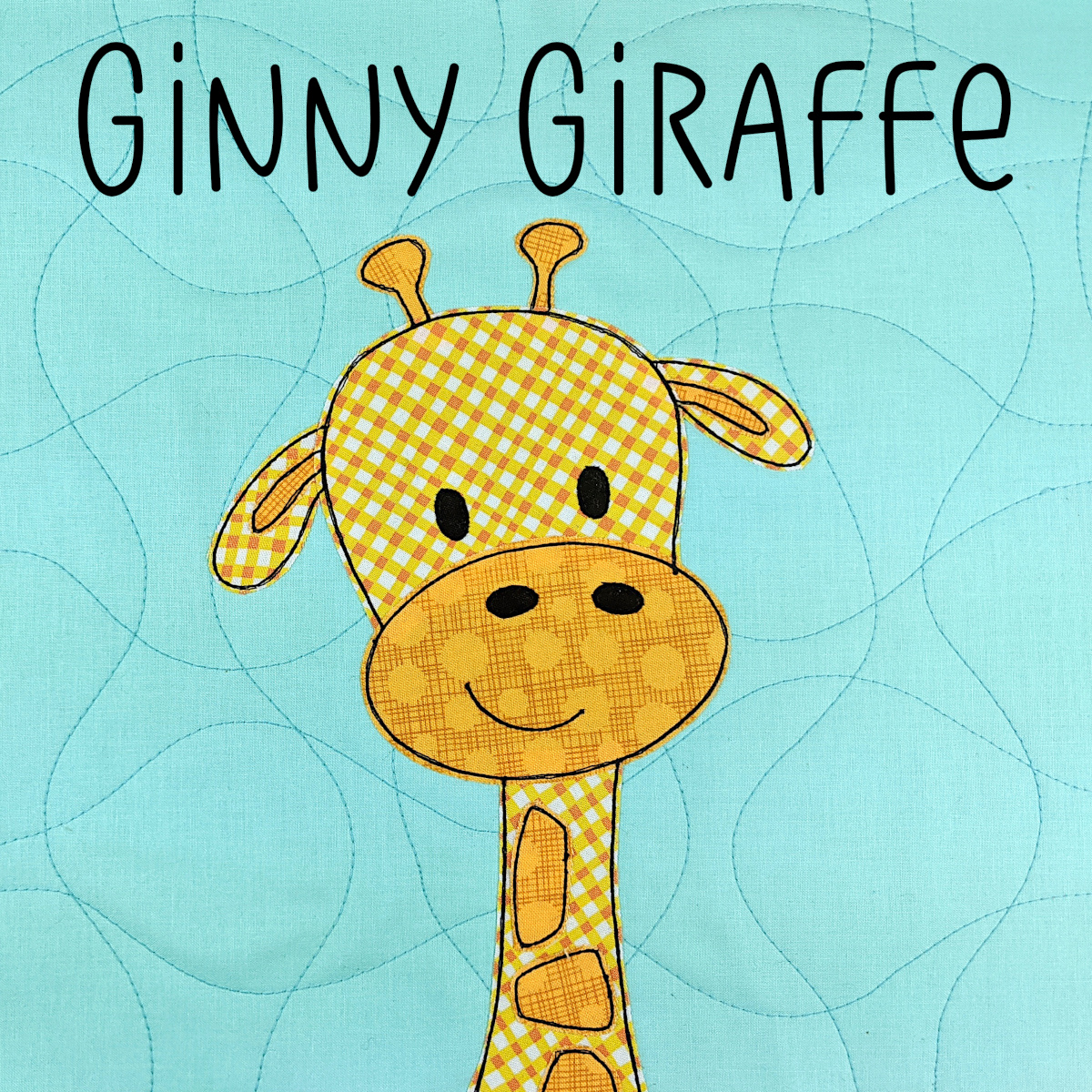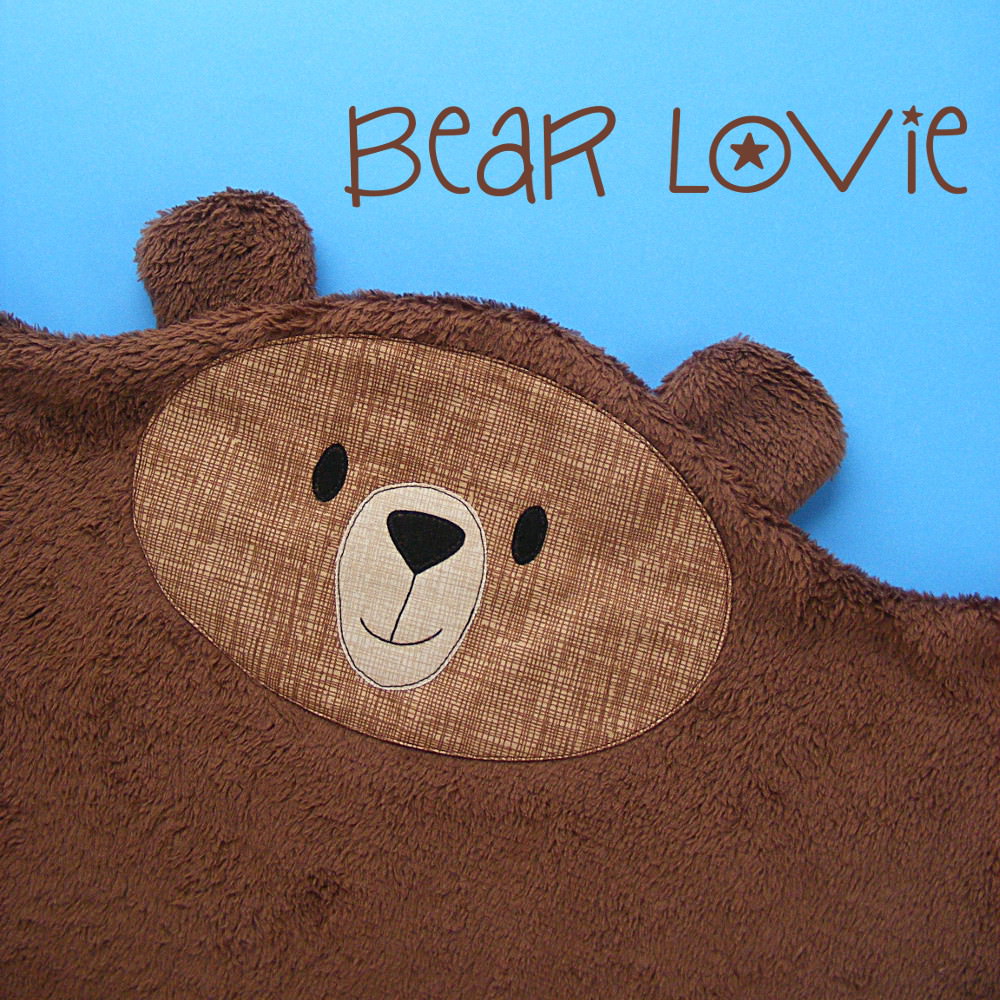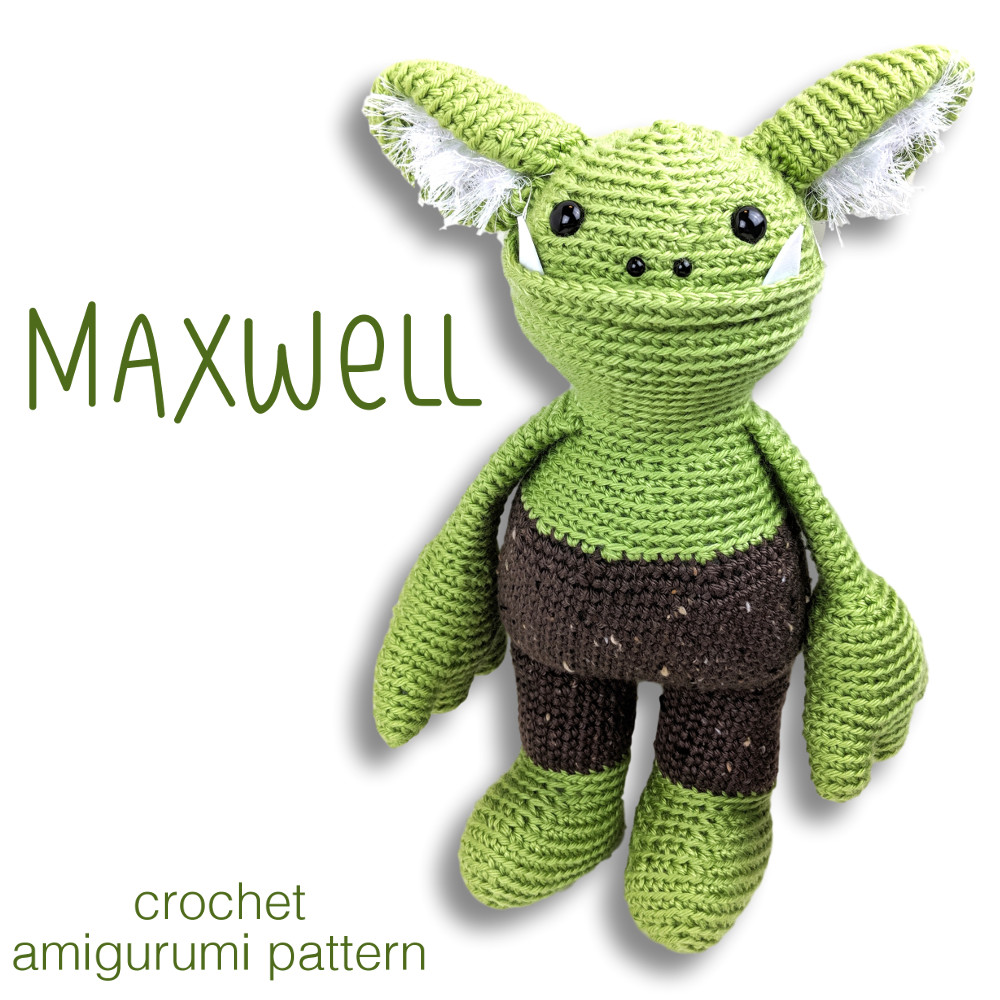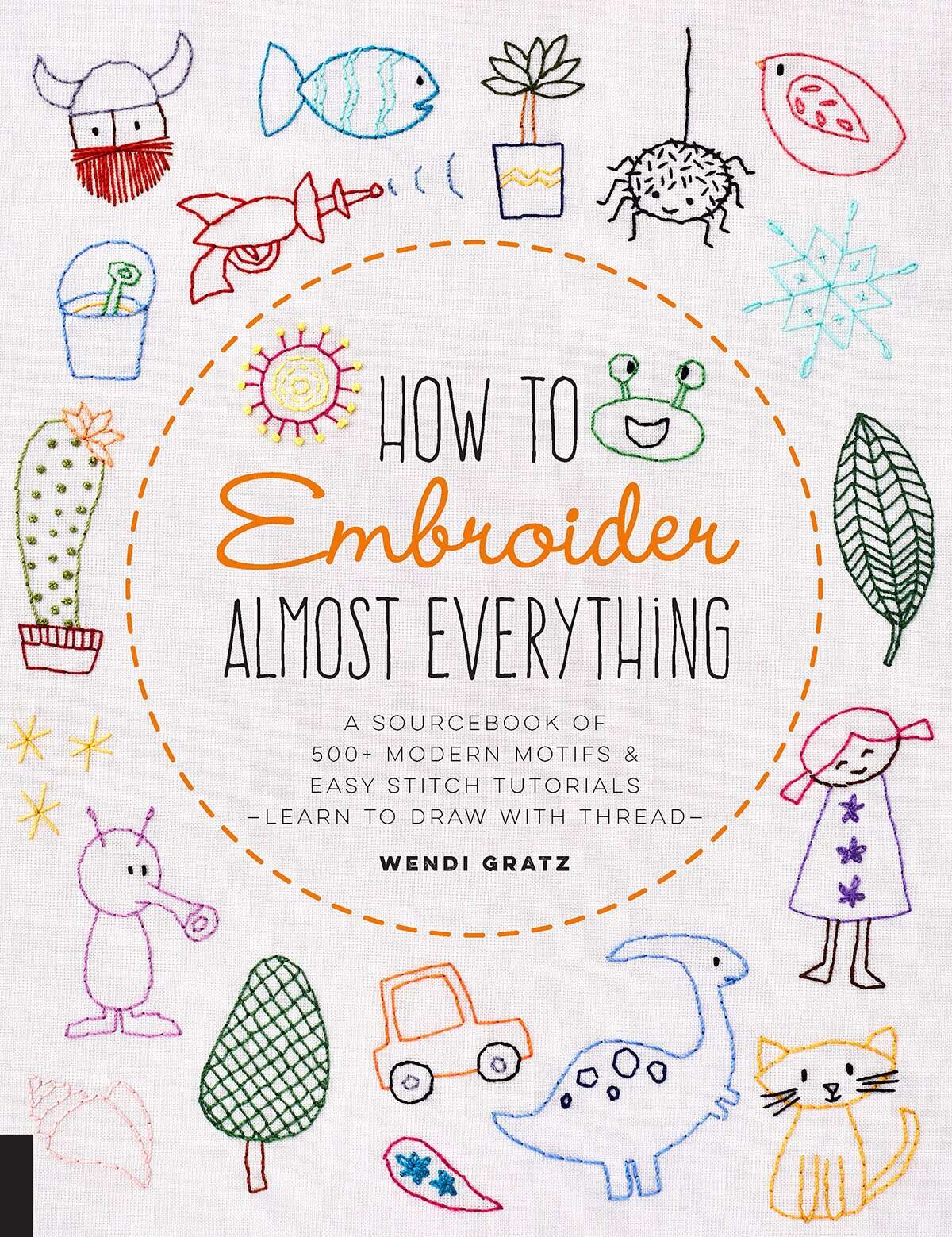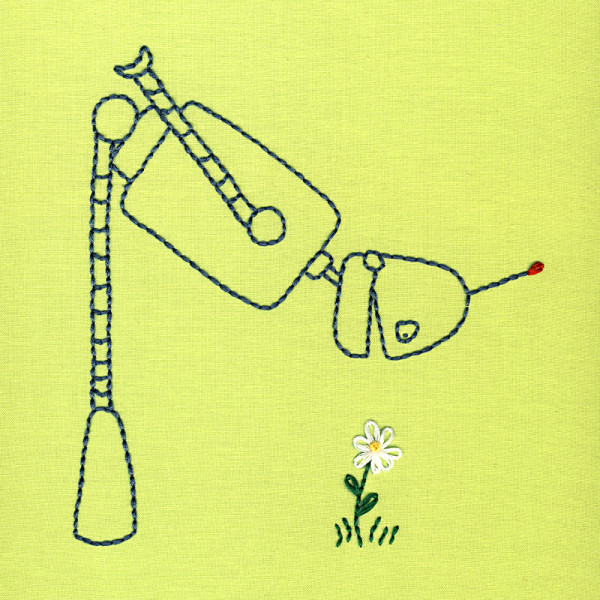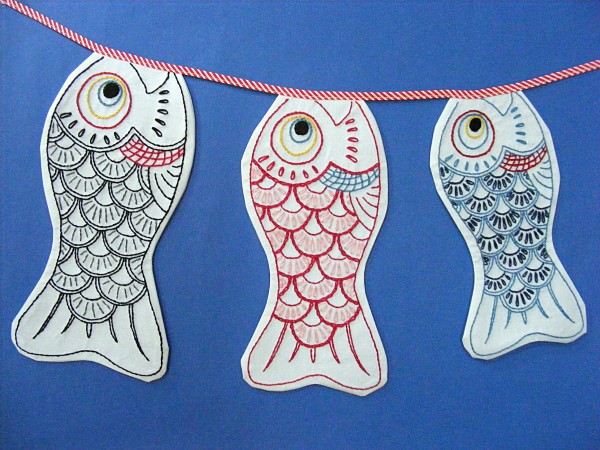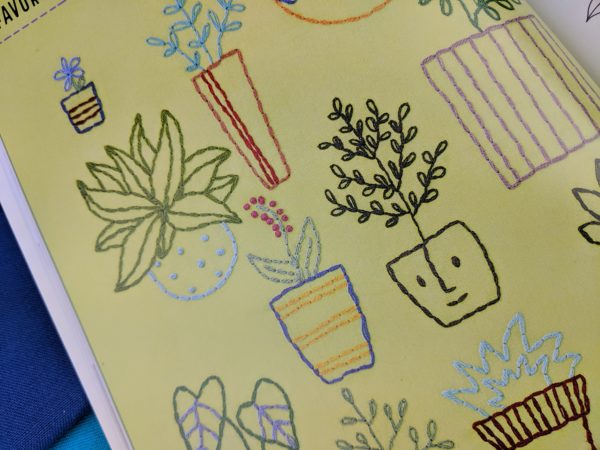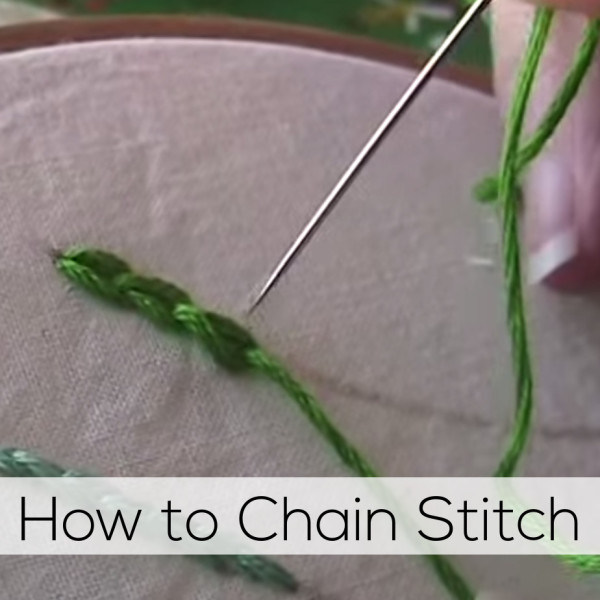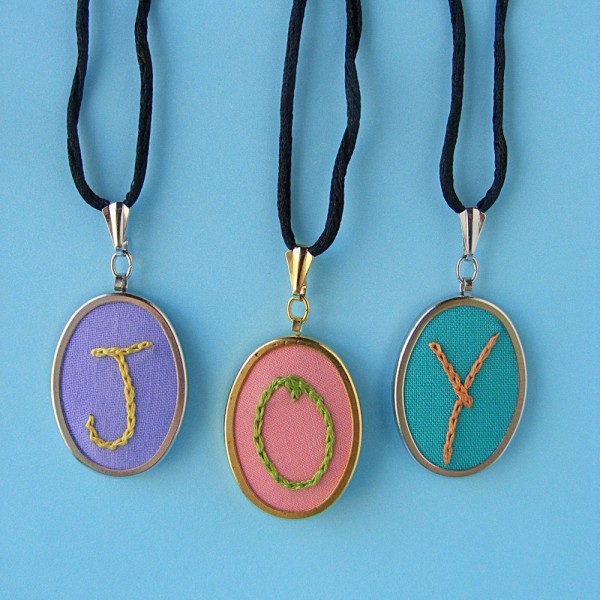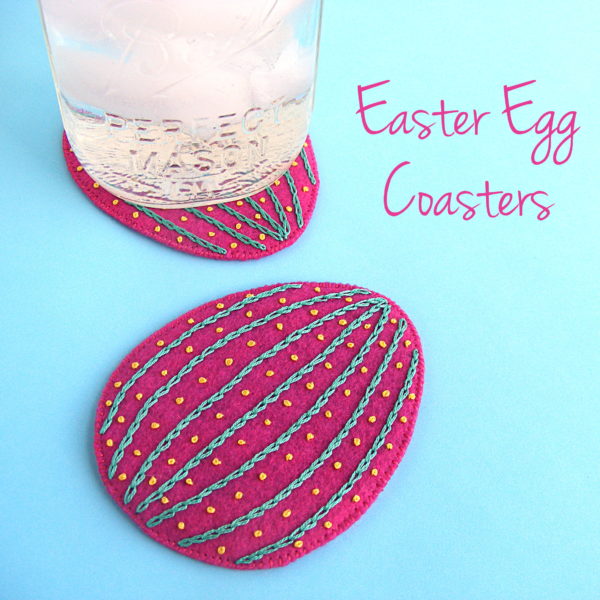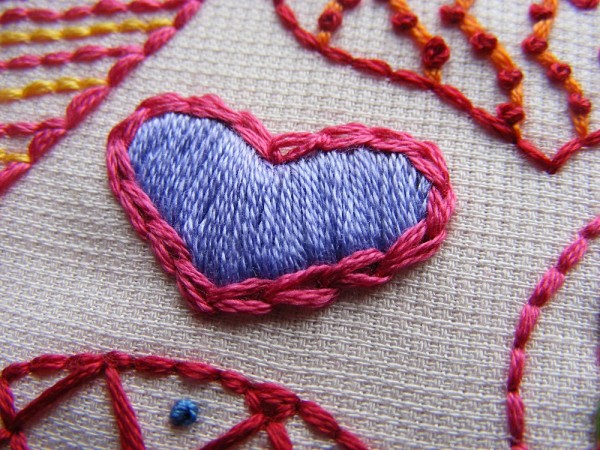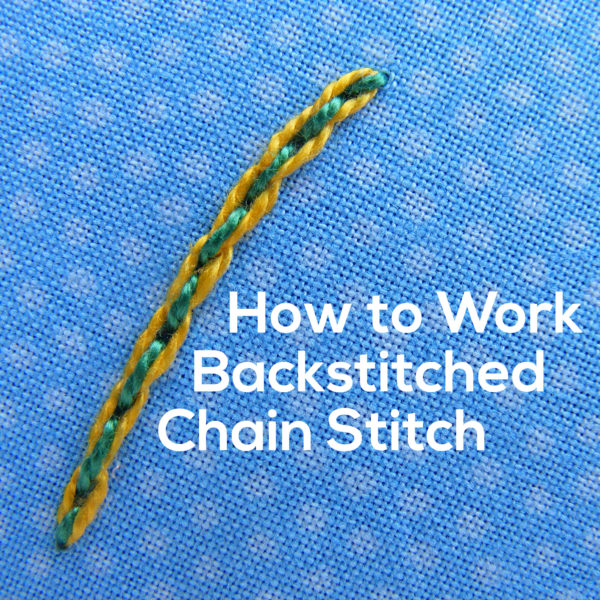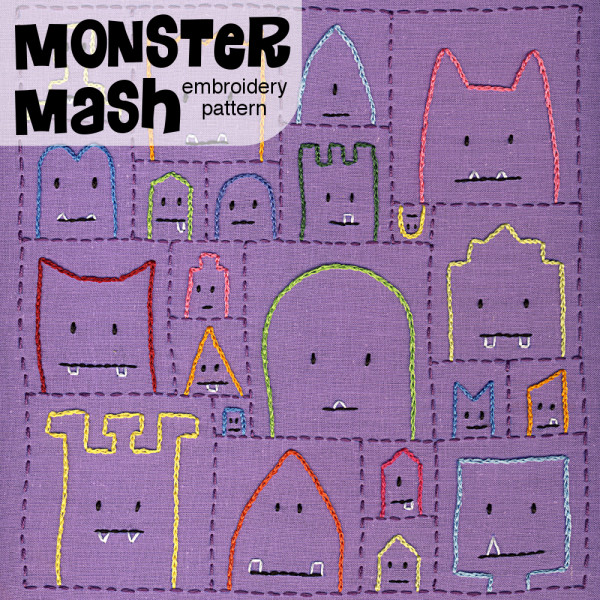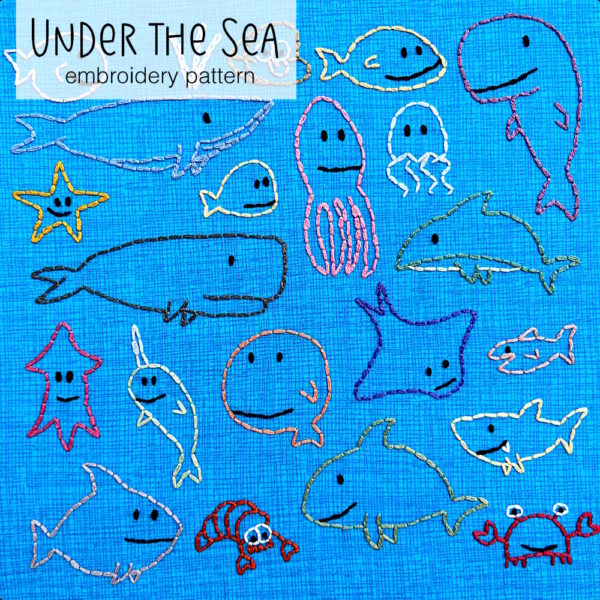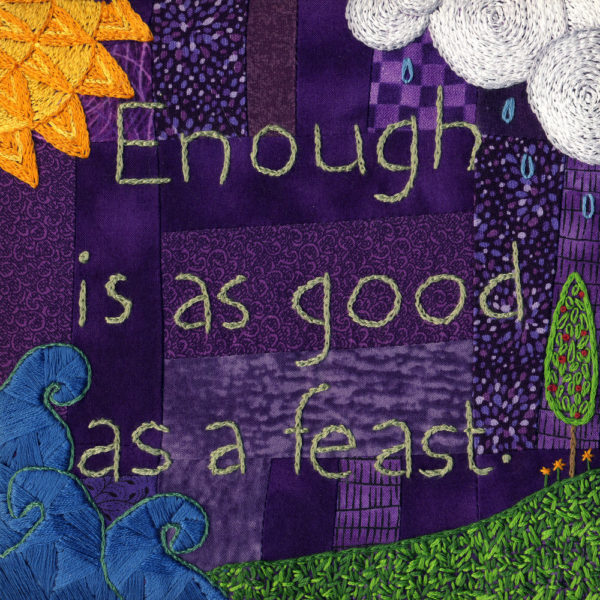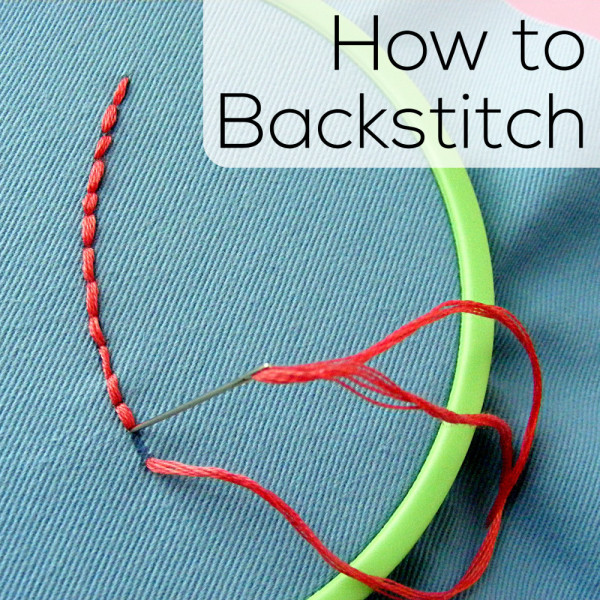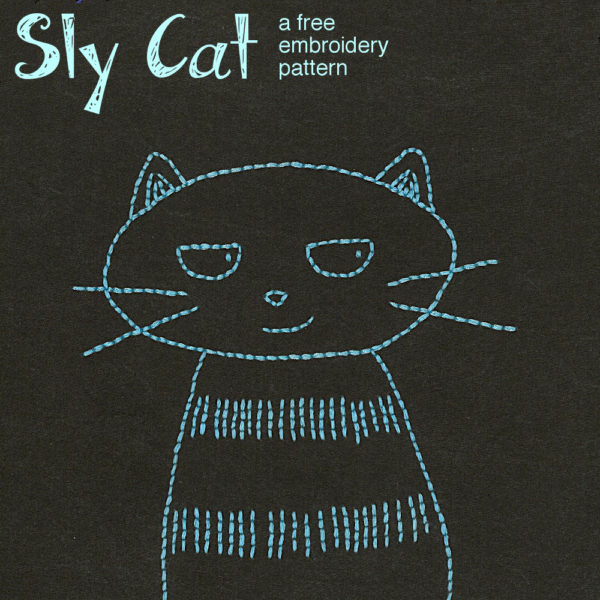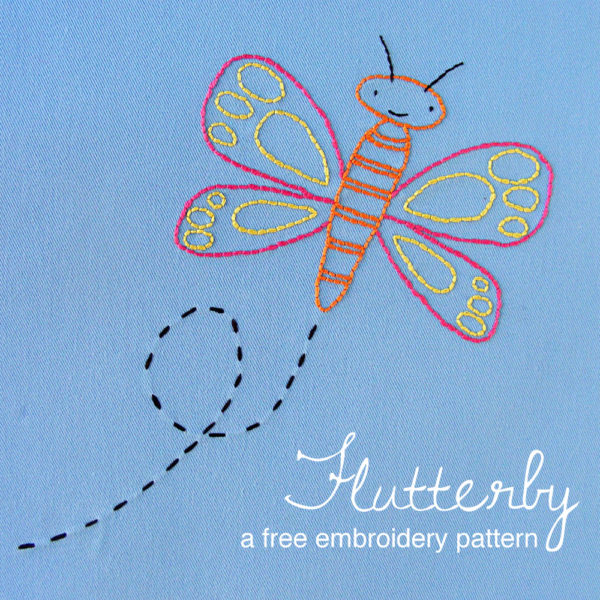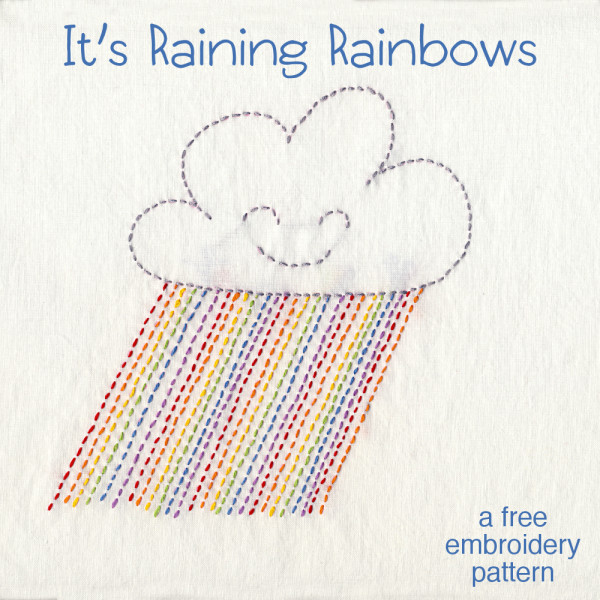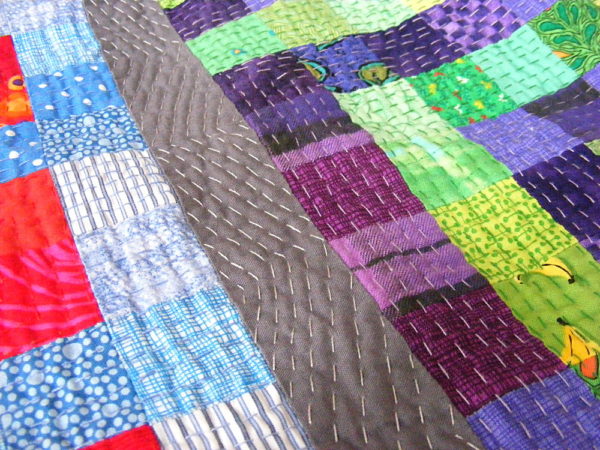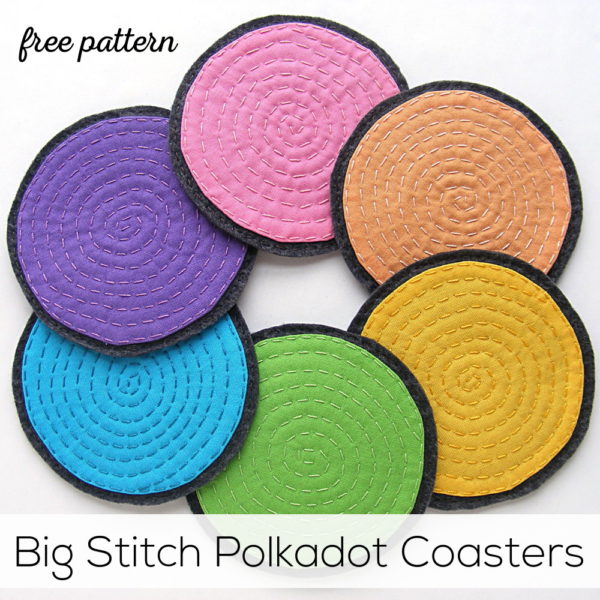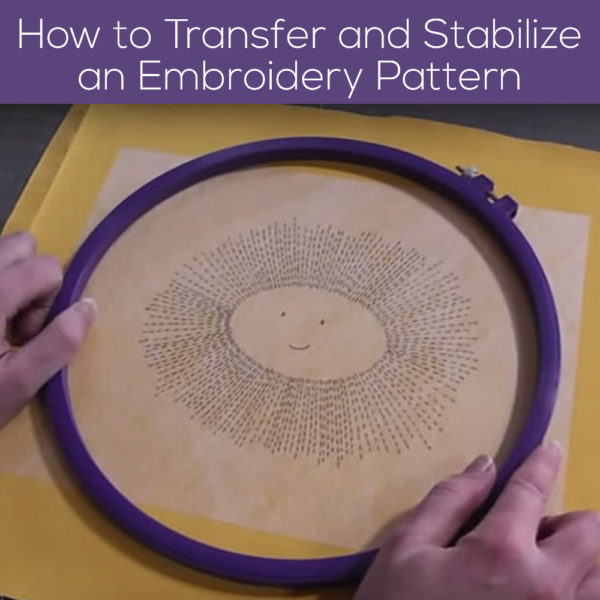One of the great things about embroidery is that you don’t need many tools at all to get started..
Needles, thread, and some fabric and you’re good to go. Here’s a bit more info on each tool.
Needles
Sewing needles are called sharps. Quilting needles are called betweens. Tricky, no?
But embroidery needles are easy. They’re just called embroidery needles and you can find them in any fabric or craft store. They’re sharp and they have a slightly larger eye than a sewing needle – to hold the thicker thread you use for embroidery.
Start off with a pack of assorted sizes and use the smallest needle you can easily thread. You’ll probably find that you gravitate toward mostly stitching with a certain number of strands and so always use the same size needle. That’s the size you’ll end up buying more of later on.
To give you a bit of a guideline about sizes, I use a size 5 needle for four strands of floss, a size 8 needle for 2 strands of floss or Sulky Petites 12-wt. thread.
Read this post for even more info about needles.
Thread
I mostly use your basic 6-strand embroidery thread. There are a few different brands, but they all reference the DMC color numbers and DMC is the brand I usually buy. It’s easy to split strands off to make the thread just the right thickness for the effect you want.
All of my patterns include a complete color and stitch guide – where I also tell you how many strands I used. If you’re doing your own designs just do a little experimenting. I’ll often stitch an inch or so of a design and then decide that my thread is a touch too thick or too thin.
There’s a post here with more info about deciding how many strands of thread to use.
Don’t be afraid to pick out your stitches and start over if you need to. I do it all the time.
Hoop
For most fabrics you’ll want to use a hoop to hold it stretched tight while you stitch. I have several hoops in all different sizes – some are plastic and some are wood – all are fine.
Some people use square “hoops” made of PVC pipe but I find that they don’t hold the fabric as tight as I like. These are called Q-snap frames and I use them for hand quilting.
If the fabric is heavyweight and fairly stiff – like denim or thickish felt – you can probably stitch it without a hoop.
That’s it! You can set yourself up with plenty of embroidery supplies for less than ten bucks.
One thing that’s not necessary but that I won’t stitch without is Sulky Sticky Fabri-Solvy (also sometimes called Stick & Stitch). It’s a fabulous product that’s a rinse away pattern transfer and stabilizer all in one. I love it! It’s great for transferring patterns to difficult fabrics (like dark colors and napped surfaces) and it also does a super job of stabilizing stretchy fabrics – but I use it for everything I stitch. Everything.
If you use Sulky Sticky Fabri-Solvy in a hot or humid climate, you’ll also want to get in inexpensive little tub of Thread Magic. It’s a thread conditioner that completely eliminates the “sticky needle” you can get when you leave your embroidery in a hot car.

Here are links to all my posts about embroidery tools and supplies.
For Beginners
Specialty Fabrics
Threads
- 12 wt. Sulky Petites
- How I Store and Organize My Embroidery Thread
- Working with Glow in the Dark Thread
Stabilizers and Pattern Transfer Tools
- Why the Right Stabilizer Is Like a Good Bra
- Sulky Sticky Fabri-Solvy
- What Product to Use When (Freezer Paper, Fusible Adhesive, and Sulky Sticky Fabri-Solvy)
Return to the Learn to Embroider main Table of Contents.
Move on to the posts about working with patterns.

